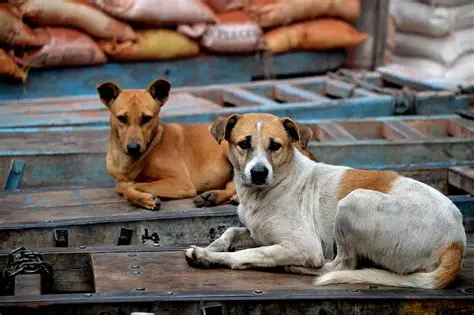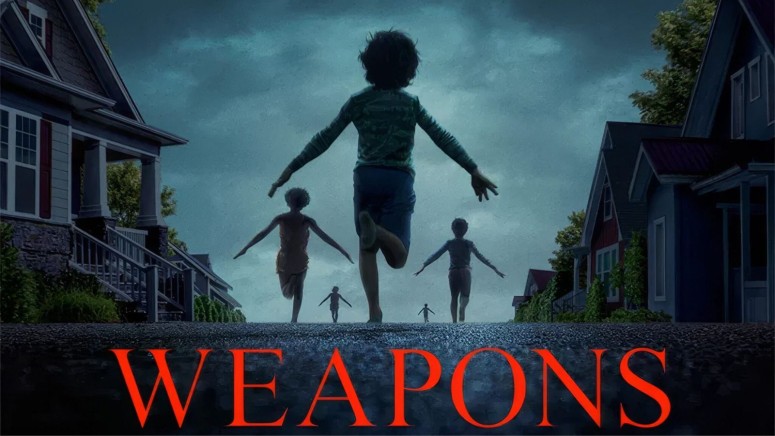
Across Delhi, somewhere between 800,000 to 1 million stray dogs roam the streets. For decades, they have been part of the city’s daily rhythm. They wait outside tea stalls for scraps, curl up near roadside vendors, and follow familiar pedestrians who offer them kindness and food. Now, many of these animals are due to face removal from the only home they have ever known.
Rising Concerns and the Push for Action

This year alone, Delhi recorded 35,000 animal bites and 49 rabies cases. These numbers triggered urgent calls for action. The Municipal Corporation of Delhi sterilised and vaccinated over 65,000 dogs since January. It plans to build new shelters and create kennels for aggressive dogs. Yet, the city’s 20 Animal Birth Control centres hold only about 4,000 dogs. That leaves more than 96 percent still on the streets.
Earlier this month, the Supreme Court ordered the removal of all stray dogs from public spaces in Delhi-NCR. Authorities must place them permanently in shelters within eight weeks. These shelters must have CCTV surveillance. Anyone obstructing the process will face legal action. On paper, the order protects public safety. In practice, critics warn it could trap tens of thousands of these animals in overcrowded, underfunded facilities where proper care is impossible.
Why Mass Removal of the Dogs Feels Inhumane

Animal welfare advocates say the move ignores Animal Birth Control rules. These rules require sterilised and vaccinated dogs to return to their original areas. Removal takes away their territories, food sources, and trusted human bonds. Many of these paw-friends are not threats but community members. Locals feed and protect them, often knowing them by name.
Former Union minister Maneka Gandhi warned of ecological damage. She cited the 1880s Paris case where mass dog culling led to a rat explosion and disease spread. Beyond such risks lies a moral question. Is it just to imprison animals for life simply because they were born in the wrong place?
In South Delhi, two volunteers care for over 70 sick, elderly, and abandoned dogs. They fund almost all expenses themselves. Every one of their dogs is sterilised and vaccinated. Their work proves that humane, community-led solutions can succeed. Under the new directive, these same dogs could be taken to already overstretched shelters—losing their homes and the people who have kept them alive.
A Humane Path Forward
This crisis needs more than fear-driven orders. Authorities must expand shelter capacity with proper facilities and trained staff. They must ensure transparency in sterilisation and vaccination to prevent inflated or false records. They should treat community caregivers as partners, not obstacles. Healthy, vaccinated, and non-aggressive animals could stay in their territories under local supervision. This approach reduces risks while preserving the animals’ well-being.
Delhi’s stray dog issue is not a battle between human safety and animal rights. It is a test of empathy. A city’s true measure lies not only in how it protects its people but in how it treats those who cannot speak for themselves. Right now, Delhi’s street dogs speak in silence. The question is whether anyone will listen.
Stay tuned with The World Times for more updates on this story.



